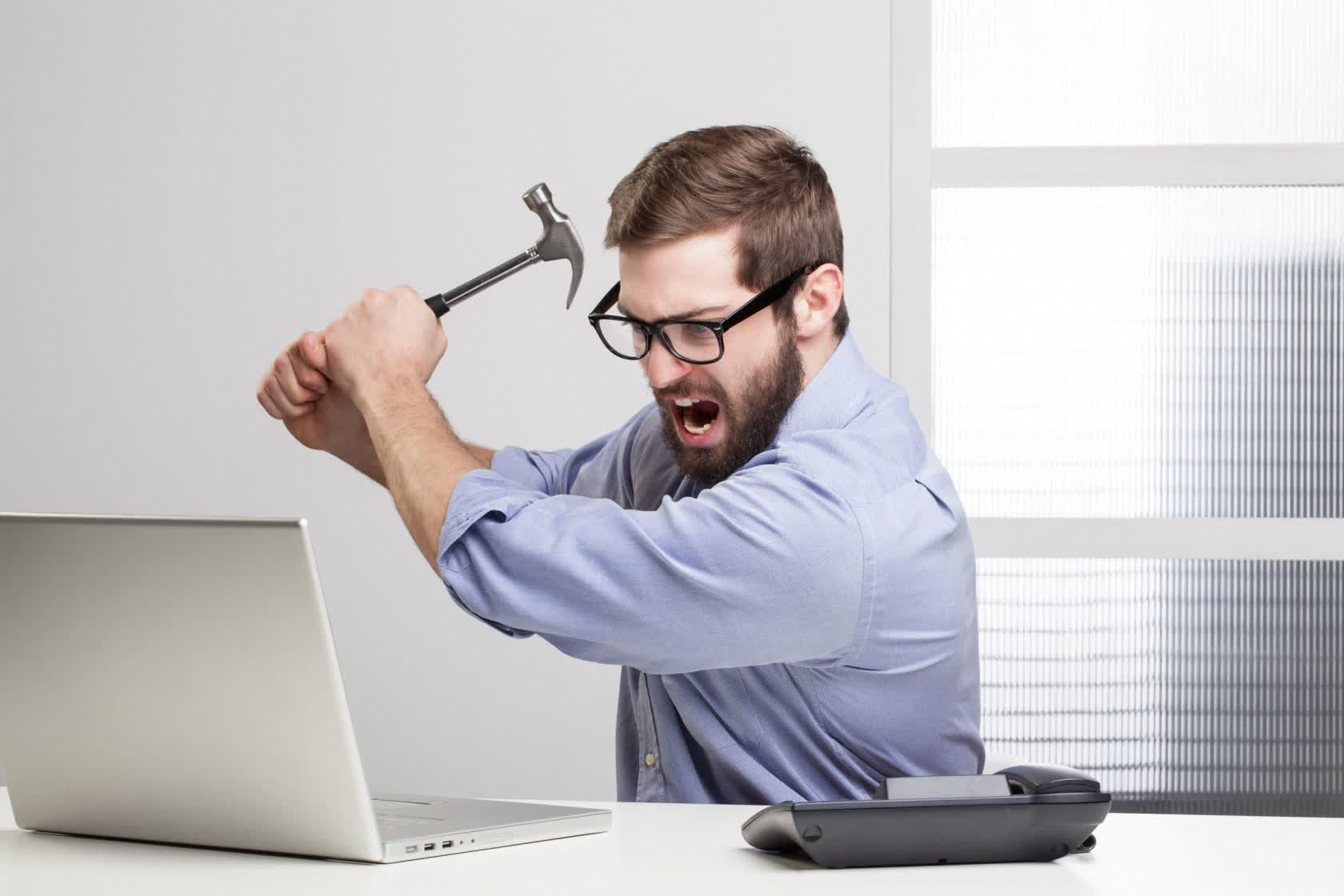Nick,
I am very disappointed that you did not include any mention of SMART data, maintained by drive firmware, as an indicator of potential drive failure. For me, if a hard drive has a count greater than zero in any one of these SMART parameters, the drive is history and needs to be replaced: Reallocated Sectors Count (SMART element 5), Reported Uncorrectable Errors (187), Reallocation Event Count (196), Current Pending Sector Count (197), (Offline) Uncorrectable Sector Count (198). The simple free utility SPECCY provides SMART data for drives inside a system, but not for USB connected drives. The usage of SMART data by SSDs is problematic, as the manufacturers often maintain a minimal amount of data.
If you would like to read up about SMART data yourself, wikipedia is a good place to start.
https://en.wikipedia.org/wiki/S.M.A.R.T.
